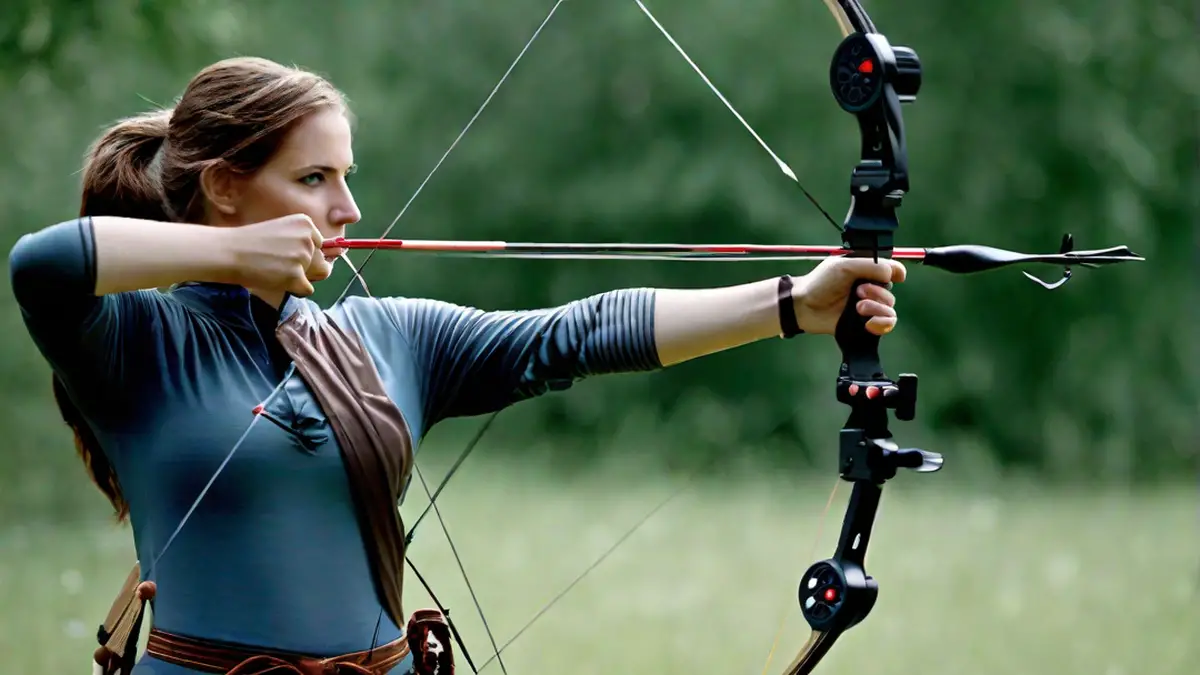Shooting a hunting bow is not only an essential skill for any aspiring hunter, but it’s also a thrilling experience that connects you with the ancient art of archery. As an avid bowhunter myself, I have spent countless hours perfecting my technique and honing my accuracy. In this article, I will guide you through the step-by-step process of shooting a hunting bow, sharing my personal tips and insights along the way.
Selecting the Right Bow
The first step towards shooting a hunting bow begins with selecting the right bow for you. There are various types of bows available, including compound bows, recurve bows, and traditional longbows. Each type has its own unique characteristics and advantages, so it’s essential to choose one that suits your preferences and hunting style.
For beginners, I highly recommend starting with a compound bow. These bows are equipped with pulley systems that make them easier to draw and hold at full draw, providing greater accuracy and power. Additionally, compound bows are more forgiving to minor mistakes in form or release. However, if you’re a purist who appreciates a more traditional approach, a recurve or longbow might be the right choice for you.
Setting Up Your Bow
Once you have chosen your bow, it’s time to set it up properly. This involves attaching various accessories, such as a sight, arrow rest, and stabilizer, to enhance your shooting experience.
The first accessory to install is a sight. A sight helps you aim more accurately by providing reference markers and pins. Adjust the sight to align with your dominant eye and ensure it is securely mounted on your bow. Next, attach an arrow rest, which acts as a platform to support and guide your arrow during the shot. Make sure the arrow rest is aligned with the center of the bow’s riser.
In addition to a sight and arrow rest, consider installing a stabilizer. A stabilizer helps reduce bow torque and absorbs vibrations, resulting in a more stable and controlled shot. Experiment with different lengths and weights to find the right balance for your bow.
Proper Shooting Form
Now that your bow is set up, let’s dive into the proper shooting form. Having a consistent and repeatable form is crucial for accuracy and consistency in your shots.
Begin by standing with your feet shoulder-width apart and perpendicular to the target. Your body should be relaxed but aligned, with your chest slightly forward and your weight evenly distributed between your feet.
Grip your bow handle with a relaxed and consistent grip, ensuring that it doesn’t torque or twist during the shot. Avoid gripping it too tightly, as it can adversely affect your accuracy. Instead, let the bow rest comfortably in the webbing between your thumb and index finger.
When drawing the bow, use your back muscles to pull the string smoothly and steadily. Focus on keeping your shoulders down and relaxed, avoiding any tension or shrugging. Aim to achieve a full draw, where the bowstring comes to the corner of your mouth or the tip of your nose, depending on your anchor point.
As you reach your anchor point, take a moment to align your sight with the target. Ensure that the sight’s pins or reference markers are centered on the desired spot. Take a deep breath, relax your grip, and release the string smoothly. Focus on maintaining a steady follow-through after the release, allowing your bow arm to extend fully.
Practice Makes Perfect
Shooting a hunting bow is a skill that requires practice and patience to master. Allocate regular practice sessions to refine your technique and build muscle memory. Start with shorter distances and gradually increase the range as your accuracy improves.
Consider incorporating various shooting drills into your practice routine, such as shooting from different positions, shooting at moving targets, or simulating hunting scenarios. These drills will help you become more comfortable and proficient in real-life hunting situations.
Conclusion
Shooting a hunting bow is a rewarding and exhilarating skill to develop. By selecting the right bow, setting it up correctly, and mastering the proper shooting form, you’ll enhance your accuracy and increase your chances of success in the field. Remember, practice is key, so dedicate time to honing your skills and enjoy the journey of becoming a proficient bowhunter. Happy shooting!
